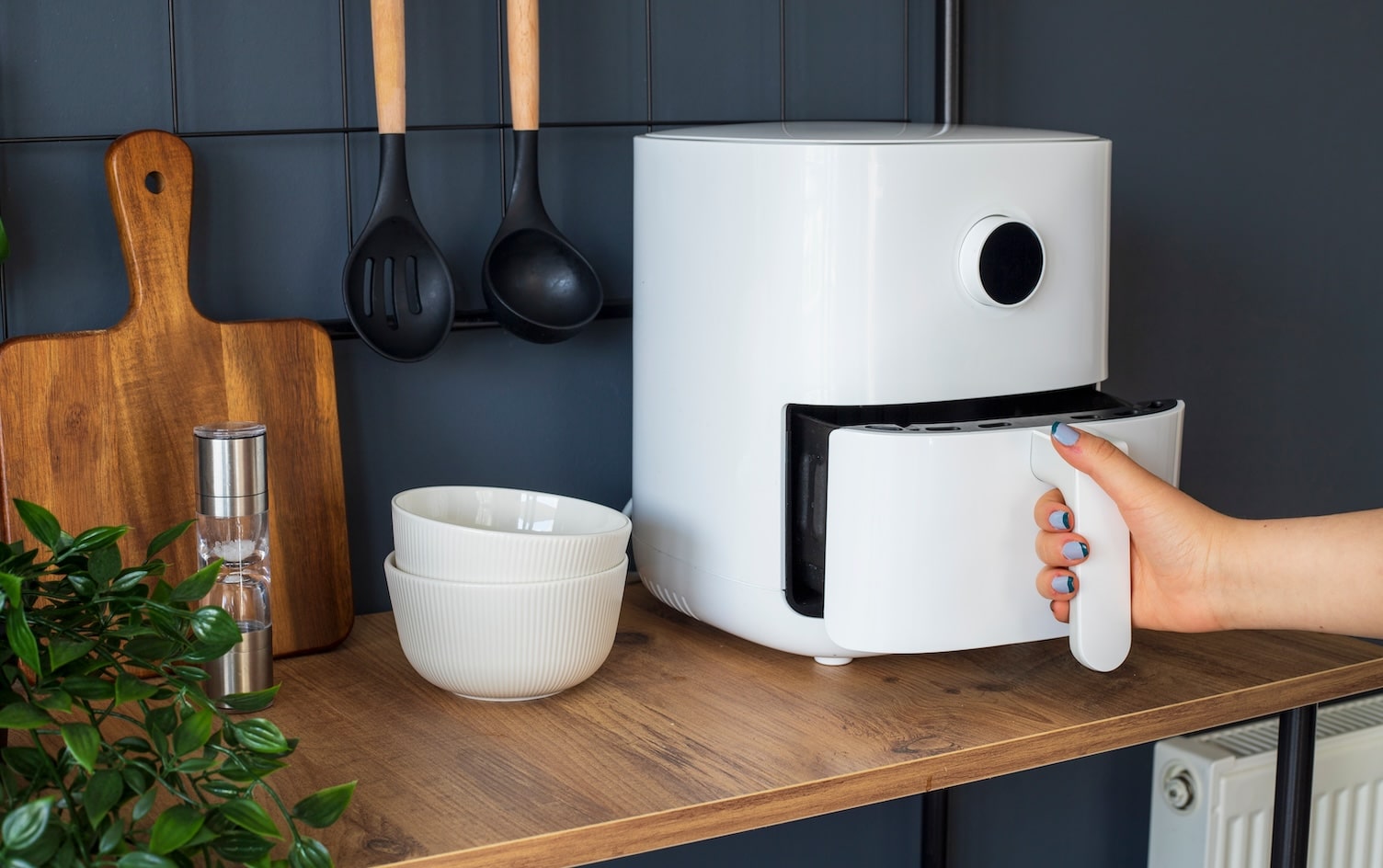If you’ve gone digging around, looking for ways to amplify the nutrition in your meals, you’ve likely encountered the word “brassicas,” and asked yourself if there was a need for yet another word to describe “healthy vegetables.” And the answer is yes, because brassicas are healthy vegetables all their own.
WHAT ARE BRASSICAS?
The word “brassica” refers to a genus of plants in the mustard family (Brassicaceae) and are informally referred to as cruciferous vegetables. Typically, when we think of cruciferous vegetables, we think of leafy greens and hearty veggies like cabbages, broccoli, cauliflower, bok choy and kale, but rutabagas and turnips are also in this family. Members of this family are often referred to as cole crops, which is a term derived from the Latin caulis, meaning the stem or stalk of a plant. Not coincidentally, brassicas are most often the edible stems and stalks of larger plants.

WHAT MAKES BRASSICAS SO SPECIAL?
Brassicas are unique in the world of vegetables because they contain high levels of dietary fiber and vitamins C, A, E and K, plus folate, calcium, iron, potassium and phosphorus. These are important vitamins and trace minerals that help with deep cellular function and maintaining an active, healthy digestive system and lifestyle.
Brassicas also contain something no other fruit or vegetable has — glucosinolates. These naturally occurring bioactive, sulfur-rich components help mineralize and balance our bodies, and they’re responsible for the distinct mustardy flavor profile of these vegetables. For centuries, practitioners of Ayurveda have prescribed bitter-flavored foods like brassicas to heal inflammation and bolster digestion.

BRASSICAS COOKING TIPS
As mentioned above, brassicas are most often the stems or stalks of plants. Brassicas are easy to identify by their mustardy or bitter flavor profiles. This flavor is intense for some, and less intense for others, and is more pronounced in some vegetables while practically non-existent in others. All of the following vegetables fall under this category, are stems and stalks of their vegetables, and have bitter flavors in their uncooked forms:
- Bok choy: Cook whole. Simply trim the stems, then slice in half or quarter and grill, saute or wilt in the broth of a warm bowl of weeknight ramen.
- Broccoli: Roast the stalks and florets, then toss with a tasty peanut sauce, or use it to amp up your next batch of hummus!
- Brussels sprouts: Trim the sprouts from their stalk, then slice or shave into a salad with kale.
- Cabbage: Pick a red or green variety and slice 2 cups of cabbage thinly along with a couple of carrots and 2 tablespoons cilantro, chopped. Toss with 2–4 tablespoons of rice vinegar, a big pinch of sea salt and a drizzle of olive oil. Massage with your hands for a fresh slaw to add to tacos, chili, soups or noodle bowls.

- Cauliflower (white, purple or orange): Trim the leaves, then chop into small pieces or slice into thick steaks. From there, roast it, toss it, saute it and stir-fry it.
- Collard greens: Destem the stalks, chop the leaves into small pieces and add them to a crunchy DIY greens mix to make the most amazing salads.
- Kale: Destem leaves, chop them roughly, and bake them into kale chips.

- Kohlrabi: Trim these knobby bulbs then slice thinly and turn them into veggie noodles.
- Romanesco: Sub in this spiky cousin anywhere you would ordinarily put broccoli or cauliflower. Treat it the same way you would those cruciferous bulbs, and try subbing it into pastas, soups, stews and sautes.
- Rutabaga: Peel the bulbs, then slice them into 1/2-inch strips. Toss with 2 tablespoons of olive oil and a pinch of salt, then roast at 425°F (220ºC) for 15–20 minutes on an aluminum-lined sheet pan until golden and tender. Tuck it into tacos, toss it into grain bowls or salads, or serve it alongside your other supper items.
- Turnips: Peel them of their tough skins, then chop into small pieces and roast or saute anywhere you would put beets, carrots or potatoes.
Discover hundreds of healthy recipes — from high protein to low carb — via “Recipe Discovery” in the MyFitnessPal app.




